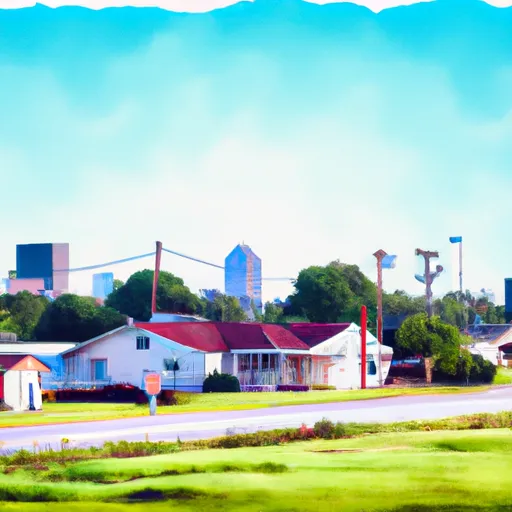°F
°F
mph
Windspeed
%
Humidity











Innis, Louisiana is a small town located in Pointe Coupee Parish, in the southern United States. The climate in Innis is characterized as humid subtropical, with hot and humid summers and mild winters. Average summer temperatures reach highs of around 90°F (32°C), while winter temperatures range from 40°F to 60°F (4°C to 15°C). The area receives ample rainfall throughout the year, providing a lush and verdant landscape.
Hydrologically, Innis is situated near the Mississippi River, which influences the local water system. The nearby False River, a shallow oxbow lake, is a prominent feature of the area. This lake offers opportunities for fishing, boating, and other water-based activities. The diverse aquatic ecosystem supports a variety of fish species, including bass and catfish.
Outdoor recreation opportunities in Innis extend beyond water activities. The surrounding countryside provides picturesque landscapes that are perfect for hiking, camping, and wildlife observation. The area is home to an array of bird species, making it a popular destination for birdwatchers. With its pleasant climate and diverse natural surroundings, Innis offers a serene and engaging outdoor experience for residents and visitors alike.
Weather Forecast
Innis receives approximately 1501mm of rain per year, with humidity levels near 85% and air temperatures averaging around 20°C. Innis has a plant hardyness factor of 8, meaning plants and agriculture in this region tend to thrive here all year round.
Regional Streamflow Levels
1,100
Cubic Feet Per Second
2,170
Cubic Feet Per Second
30
Cubic Feet Per Second
45
Cubic Feet Per Second
Nearby Camping
| Camping Area | Reservations | Toilets | Showers |
|---|---|---|---|
| Lake Fausse Pointe State Park | |||
| Cypremort Point State Park | |||
| Akers | |||
| Poverty Point Reservoir State Park | |||
| Cane Creek State park | |||
| Paydown Access - MDC |



